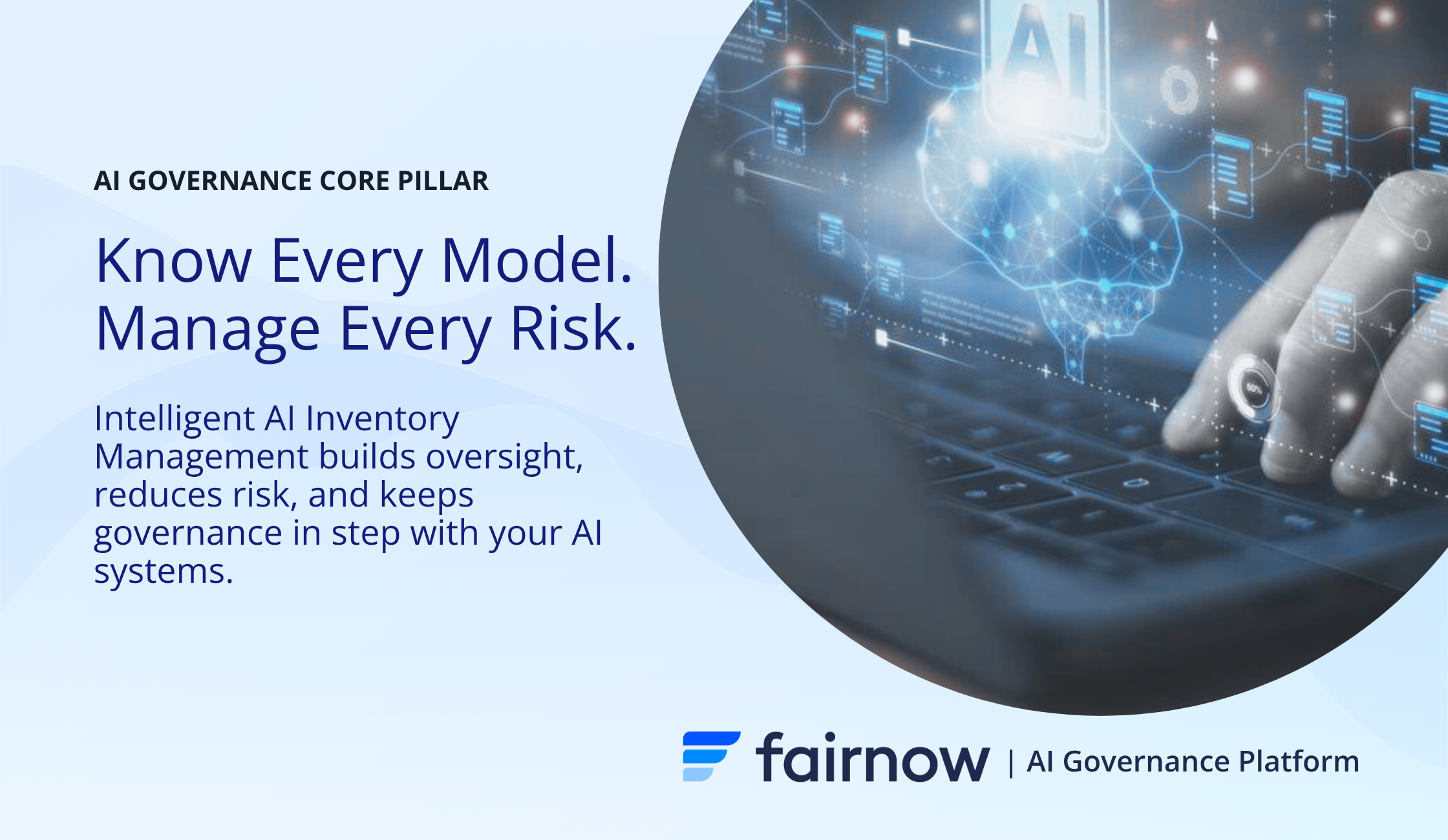As AI rapidly proliferates across industries, enterprises are grappling with an increasingly complex landscape of AI systems, models, datasets and applications.
Organizations already have—or soon will have—dozens, if not hundreds, of AI applications in use. Leaders must ask: What are these applications? Who is using them and how? Are any of them high-risk, and how are risks being monitored and mitigated? Are applications performing as intended, and how is value being tracked? Are systems duplicated or efficiently deployed?
To maintain control, manage efficiency and effectiveness, perform human reviews, mitigate risks and ensure compliance at scale, organizations are turning to AI inventory management.
What Is AI Registry Management?
AI registry management refers to the structured tracking, organizing and governing of all AI-related assets within an organization. The following are the core components that a registry should document:
• Tracking AI systems, models and applications (both internal and vendor-provided)
• Documenting datasets used to train and test the AI
• Mapping AI use cases and applications
• Assigning human accountability (owners, reviewers, operators)
• Specifying deployment environments (development, staging, production)
• Recording compliance and risk attributes (bias, fairness, explainability)
• Monitoring performance metrics
• Maintaining change logs describing updates to the AI
This detailed registry isn’t just a static list—it forms the foundation for effective governance. By tracking use cases, risk attributes and accountability, companies can identify high-risk deployments, meet compliance requirements and enforce governance protocols.
Why It Matters Now?
AI systems have moved beyond pilot projects. Enterprises are deploying them in production, and some already operate thousands of applications. These models are not only automating workflows and boosting productivity—they’re influencing decisions in hiring, lending, marketing, healthcare and public policy.
Without visibility into what models are running, where they’re deployed and who is responsible for them, companies are taking great risks:
• Failing to comply with regulations (e.g., GDPR, EU AI Act, Colorado AI Act)
• Overlooking ethical blind spots (e.g., bias, opaque decision-making)
• Operating inefficiently (e.g., duplicated efforts, unmonitored drift)
• Neglecting to scale AI safely
Capabilities Of A Strong AI Inventory Management System
A strong AI registry system should support enterprise-wide oversight. To ensure a comprehensive registry, organizations should implement these core capabilities:
• Creating a centralized catalog of all AI assets
• Tagging metadata (ownership, model type, sensitivity, compliance)
• Controlling versions and tracking changes
• Maintaining audit trails for access, deployment and retraining
• Classifying risks by model type, use case and potential impact
• Mapping applicable regulatory laws and requirements
• Integrating with data governance, MLOps and observability tools
How AI Registries Differ From Other Systems
Many companies already use registry tools for IT assets (e.g., ITIL), talent systems (e.g., HRIS), and software licenses. However, AI registry management is distinct in several ways:
• Manage dynamic AI assets whose data, performance and risk profiles change frequently
• Handle complex and cross-functional metadata requirements
• Address shadow AI, or the unauthorized and untracked use of AI applications
• Enforce greater human accountability to keep AI’s autonomous decision-making capabilities in check
• Navigate complex vendor supply chains and shared governance responsibilities
• Coordinate across multiple disciplines, including data science, legal, IT, security and compliance
Traditional registry tools often fall short in capturing these nuances. A specialized AI registry must address the risk, dynamism and governance challenges unique to AI deployments.
What Makes An AI Registry Smart?
Smart AI registry management goes beyond recordkeeping. A truly effective system should provide intelligence and automation to reduce manual effort:
• Integrate with existing enterprise tools and workflows
• Analyze and categorize AI assets based on risk level
• Recommend governance actions tailored to the context of each asset
• Automate compliance checks and support required documentation
While human judgment remains essential, smart registry tools can reduce manual work and improve the ROI of AI governance.
Intelligent AI Inventory Management Is Foundational Enterprise Strategy
AI registry management is quickly becoming a foundational pillar of enterprise AI strategy. Risk management begins with understanding and cataloging the assets in play. As the number of AI applications grows, so does the need for purpose-built registry tools. Companies that act now will be better positioned to scale responsibly, mitigate risk and unlock long-term value from AI systems.

Without a clear AI inventory management, risks go unchecked. Centralize, assess, and automate transparency with FairNow:

